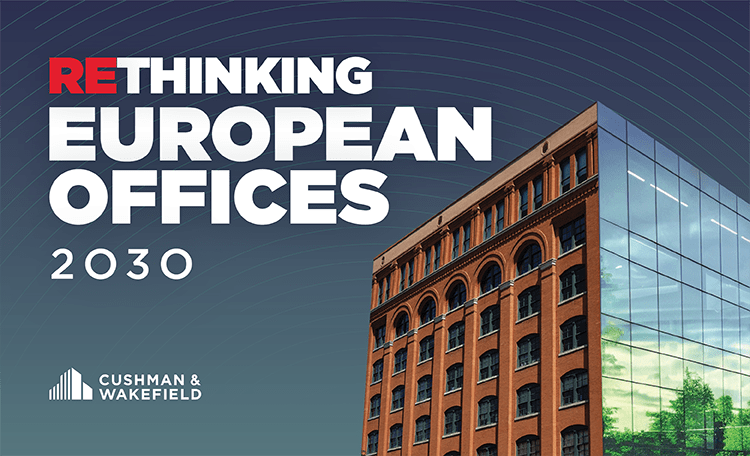Urban neighbourhood developments, often referred to as “Quartiers” in Germany, form part of the current debate on sustainable urban development, they offer scope for shaping megatrends and are a solution for brownfield redevelopment areas. A study by Cushman & Wakefield and property developer GERCH highlights the factors behind the success of neighbourhood developments, recounts experience gained in working with the various stakeholders and provides urban planning perspectives. A further chapter examines the letting take-up and transaction volume of this growing real estate market segment.
There are two factors behind the current boom in new urban neighbourhoods and neighbourhood development on the real estate market: on the one hand, settlement pressure in the conurbations and, on the other, the increased supply of brownfield and conversion sites. Usually initiated by a property developer and developed over several years in coordination with municipal planning authorities, neighbourhoods are characterised by their mix of uses (living, working, retail and other uses) and provision of opportunities for social interaction.
Expert interviews
As part of the study, interviews were conducted with three experts from the fields of urban planning, urban development and neighbourhood research. A key question was: How can, or must we act today in order to realize the neighbourhoods of the future? Prof. Christa Reicher, holder of the Chair of Urban Planning and Design at RWTH Aachen University, says: "If we plan today, it is not for ourselves, but for the next generation and the generation after that. Today we are setting the course for tomorrow." Dr. Marion Klemme, Head of the Urban Development Department at the Federal Institute for Research on Building, Urban Affairs and Spatial Development (BBSR) and Dr. Olaf Schnur, Head of Research at the vhw Federal Association for Housing and Urban Development e.V. also contributed.
Criteria for the success of neighbourhood developments
From a real estate perspective alone, there are a variety of players whose concerns must be brought together for a neighbourhood development project to be successful. Although property developers, municipal authorities, owners and occupiers do not always have identical interests and think in different time perspectives, it is possible to find a common denominator. For investors, the mix of risk diversification and expected returns was increasingly crucial in the low-interest phase, given the lack of other attractive investment opportunities. Today, with elevated interest rates and in the face of a current price discovery phase, risk is priced differently. But for long-term investors and those looking for ESG compliance, neighbourhood developments will continue to play to their strength as an investment product.
Transaction and letting volume
The transaction volume for properties in neighbourhood developments in Germany's top-7 markets exhibited stable development over the past five years. It has fluctuated around the 2-billion-euro mark, accounting for a share of between 3 and 6 per cent of the total transaction volume. The letting take-up of office space within neighbourhood developments has increased since 2013 from under 20,000 sq m to 120,000 sq m in 2022. Berlin accounts for more than a third of this - Hamburg and Munich follow behind.
Case Study INquartier, Ingolstadt
For INquartier, GERCH is developing a large former industrial site in the city of Ingolstadt. The issue of ESG compliance was crucial to the future viability of the project. Brownfield development offers opportunities to positively shape ecological as well as social and economic aspects GERCH acquired the site with a total area of 153,000 sq m in 2018. The plan is now to build a mixed-use neighbourhood comprising housing, a daycare centre, a nursing home for the elderly, offices, commercial space, restaurants and retail with a gross floor area of 256,000 sq m above ground. The focus is on residential construction (73 percent), 70 percent of which is privately financed and 30 percent subsidised.
Helge Zahrnt, Head of Research, Cushman & Wakefield, explains: "Considering neighbourhood developments’ goals and success factors, their potential is far from exhausted. The existing megatrends will make such projects even more attractive from the real estate industry's point of view. A major strength is their potential broad consideration of ESG concerns, a key investment criterion for institutional investors."
Michael Henn, Chief Transaction Officer, GERCH: "As a property developer with projects throughout Germany, we have been dealing with neighbourhood developments for years. Every neighbourhood and every location has its own challenges and opportunities. The example of INquartier makes it clear which topics need to be considered for sustainable and future-proof neighbourhoods. We are convinced that the reactivation of large conversion areas will continue to be of great importance to both the real estate sector and municipalities in the future."
You can find the full study here: NEIGHBOURHOOD DEVELOPMENT






